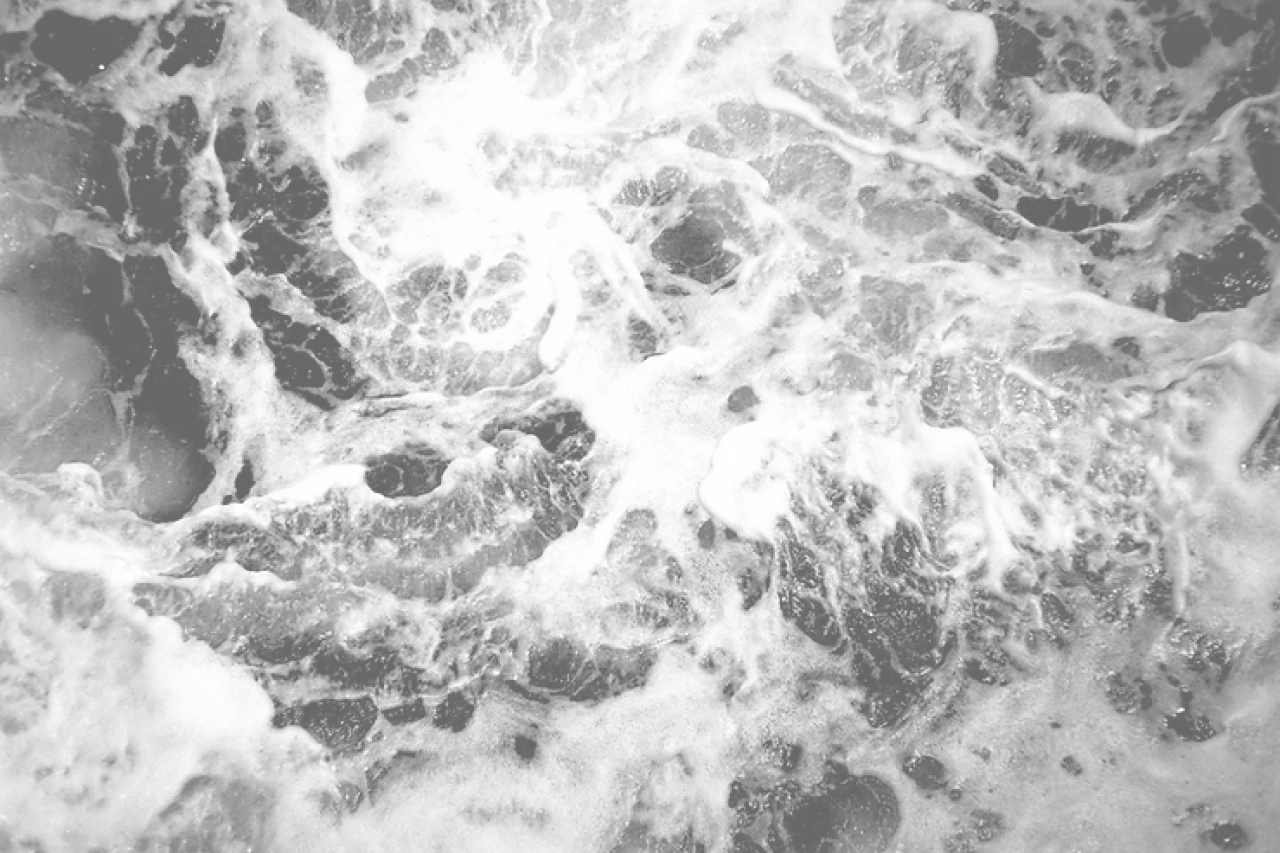Can Salty Concrete Quench The Water Crisis In The Middle East?

Water Crisis: A Global Threat
The water crisis is affecting areas worldwide. Global warming is altering rainfall patterns, leading to more prolonged droughts. To avoid shortages during long dry spells, especially over summer, governments around the world (US Midwest, France, Spain, etc.) are being forced to implement water restrictions for individuals and businesses.
Of course, there are patches of the planet which are more affected than others. For instance, the water crisis is particularly severe in The Middle East and North Africa (MENA) region, hosting over 70% of the most water-stressed countries in the world. Besides human-induced greenhouse effect, the MENA’s natural water scarcity and decades of wasteful management have also contributed to shape this dreadful scenario.
So, how can we secure a sustainable freshwater supply to live through neverending droughts? Saving water as much as possible is good, but we need to tap into technology too. For example, in countries like Saudi Arabia, desalination plants are vital water crisis solutions.
What Is A Water Desalination Plant?
Put bluntly, a desalination plant removes salt from the sea to obtain freshwater. There are two ways to do so. When using the old method, called thermal desalination, you rely on heat to separate freshwater from salts. Instead, as part of the newer and greener process, called reverse osmosis (RO), you push seawater through a semipermeable membrane that only traps salts onto it.
Desalination Effects On The Environment
Operating a desalination plant requires a high energy consumption. Even when considering Jubail 3A in Saudi Arabia, the world’s most energy-efficient desalination facility, you still need to use 2.8 kWh per each m3 of freshwater produced. Apart from guzzling a lot of energy, another impact of desalination plants on the environment is the discharge of a hot hypersaline slurry, a.k.a. brine, into the sea and freshwater bodies.

This by-product decreases oxygen level in these aquatic ecosystems while increasing their temperature. Accordingly, they become unhealthy for many plants and animals. In addition to damaging marine and terrestrial biodiversity, brine can also infiltrate the soil and lower its fertility. This inevitably bites into our food supply. But how much brine are we talking about? Just think that, on average, a desalination plant dumps 1.5 litres of brine in the environment for every litre of freshwater obtained. So, not quite unsalted peanuts. In terms of brine pollution, Saudi Arabia is definitely above the salt. In fact, the country is responsible for 55% of the global production.
Turning A Toxic Problem Into A Carbon-Sequestering Solution
Partanna’s product design is a manifesto for the circular economy. Instead of using ever so precious freshwater, we’re tapping into the brine discarded by desalination plants to make our carbon-absorbing concrete. In particular, Partanna’s Saudi branch is liasing with the local government to harvest its widely available brine. This is a sweet deal for everyone. In fact, as explained elsewhere, this salty ingredient enhances the performance of our material when in contact with seawater.
On top of that, this circular move will relieve the Saudi government of this toxic waste disposal while increasing their desalination plants yield, i.e., litres of freshwater produced per litre of seawater treated. As a result of that, the plant will need less energy to spit out the same amount of freshwater, thus reducing its environmental impact
Building A Water-Secure Future
Climate change might put a salty price tag on Saudi Arabia freshwater over the next few years. Yet, Partanna’s salty concrete could be the holy grail of a drought-resilient Middle East. Our brine-enhanced concrete is ready to make a splash. Partner with us today!
